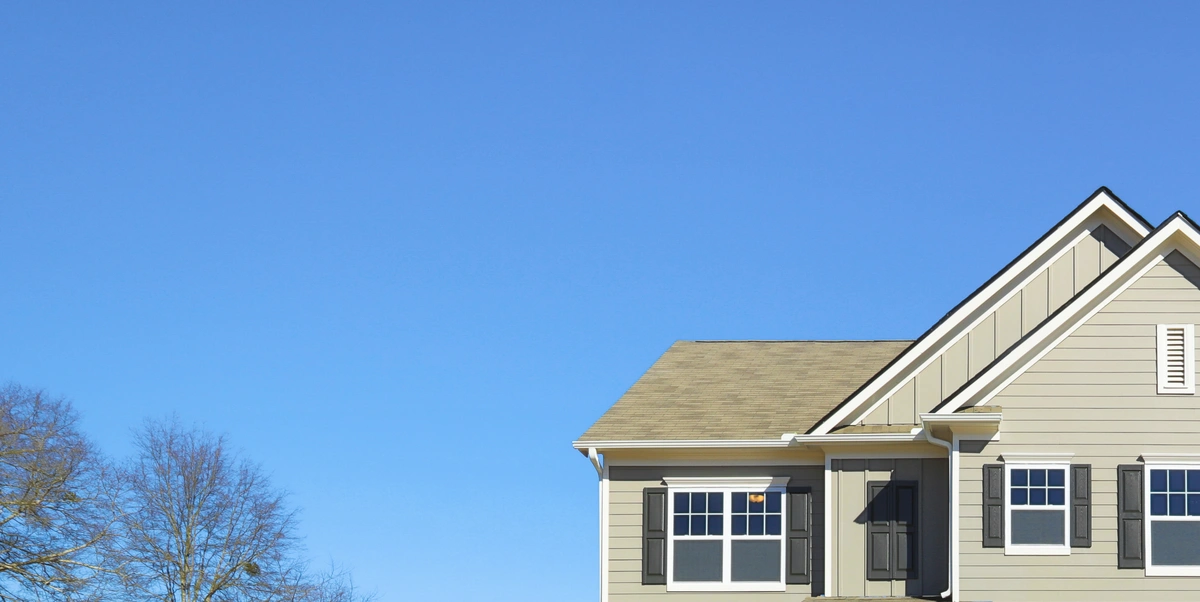Roof maintenance is often overlooked by homeowners until it’s too late. However, it’s a crucial aspect of homeownership that can save you from costly repairs and ensure the safety and integrity of your home.
In today’s guide, we’ll dive into:
- Why roof maintenance is essential
- The dangers of neglecting your roof
- How to maintain it
- Signs of damage to look out for
- Steps to take if you suspect damage
- The costs involved
- The importance of professional inspection
- How frequently you should inspect your roof
Why Roof Maintenance is Important

Your roof is your home’s first line of defense against the elements, including rain, snow, wind, and sunlight. A well-maintained roof protects your home from water damage, mold growth, structural deterioration, and other issues that can compromise its integrity. Regular maintenance helps identify and address minor issues before they escalate into major problems, saving you time, money, and stress in the long run.
The Dangers of a Poorly Maintained Roof
Neglecting roof maintenance can lead to a host of problems, including:
- Leaks: Cracked or missing shingles, damaged flashing, and deteriorating sealant can allow water to seep into your home, causing water damage to your ceilings, walls, insulation, and belongings.
- Structural Damage: Water infiltration can weaken the structure of your roof and underlying support systems, leading to sagging, rot, and even collapse in extreme cases.
- Mold and Mildew: Moisture trapped in your attic or walls creates the perfect breeding ground for mold and mildew, which can pose serious health risks to you and your family.
- Energy Loss: A compromised roof can result in heat loss during the winter and heat gain during the summer, driving up your energy bills as your HVAC system works harder to maintain a comfortable indoor temperature.
How to Maintain Your Roof: 5 Tips!

Regular roof maintenance involves several key tasks:
1) Regular Inspections
Inspect your roof at least twice a year, ideally in the spring and fall, as well as after severe weather events.
2) Keep It Clean
Clear debris such as leaves, branches, and moss from your roof and gutters to prevent water buildup and drainage issues.
3) Watch Out for Tree Branches
Trim overhanging branches to minimize the risk of damage from falling limbs.
4) Repair Damage Quickly
Check for signs of wear and tear, including missing or damaged shingles, cracked flashing, rusted or loose nails, and sagging areas.
5) Get Rid of Moss
Clean and treat your roof as needed to remove algae, moss, and other growths that can compromise its integrity.
How to Spot Early Signs of Damage
Knowing how to identify early signs of roof damage can help you address issues promptly and prevent further deterioration. Look out for:
- Missing, cracked, or curling shingles
- Damaged or deteriorating flashing around vents, chimneys, and skylights
- Granules from asphalt shingles collecting in your gutters
- Water stains or damp spots on your ceilings or walls
- Sagging areas or signs of rot in your attic or crawl space
What to Do If You Suspect Your Roof is Damaged
If you suspect your roof is damaged, don’t wait to take action. Here’s what you should do:
- Inspect your roof carefully to assess the extent of the damage.
- Temporarily patch any leaks or holes to prevent further water intrusion.
- Contact a reputable roofing contractor to schedule a professional inspection and repair estimate.
- Document the damage and keep records of any repairs or maintenance performed for insurance purposes.
The Cost of Repairs
The cost of repairing a damaged roof can vary widely depending on the extent of the damage, the type of roofing material used, and the complexity of the repair job. Minor repairs such as replacing a few missing shingles or resealing flashing may cost a few hundred dollars, while major repairs or roof replacement can run into the thousands or even tens of thousands of dollars. However, investing in timely repairs can ultimately save you money by preventing more extensive damage and prolonging the life of your roof.
Why You Should Use a Professional Roof Inspector
While DIY maintenance can help you spot obvious signs of damage, a professional roof inspector has the expertise and experience to identify hidden issues that may not be immediately apparent. They can also provide an accurate assessment of your roof’s condition and recommend the most appropriate course of action. Additionally, hiring a licensed and insured roofing contractor ensures that any repairs or maintenance work is done safely and to code, giving you peace of mind knowing that your home is in good hands.
How Often You Should Inspect Your Roof
Regular roof inspections are key to maintaining the health and longevity of your roof. In addition to conducting visual inspections yourself, it’s recommended to have your roof professionally inspected at least once a year, preferably in the spring or fall when weather conditions are milder. You should also schedule inspections after severe weather events such as storms or heavy snowfall, as these can cause damage that may not be immediately evident.
A Professional Roof Inspection for Your Roofing Materials
Roof maintenance is a vital aspect of homeownership that should not be overlooked. By investing time and resources into regular maintenance and timely repairs, you can protect your home from costly damage, ensure the safety and comfort of your family, and prolong the lifespan of your roof. Whether you choose to tackle maintenance tasks yourself or enlist the help of a professional roofing contractor, taking proactive steps to care for your roof will pay off in the long run, saving you money and headaches down the line.
Want to start your routine maintenance checklist? Contact G. Cannon today to schedule an inspection with a professional roofing company that you can trust!






